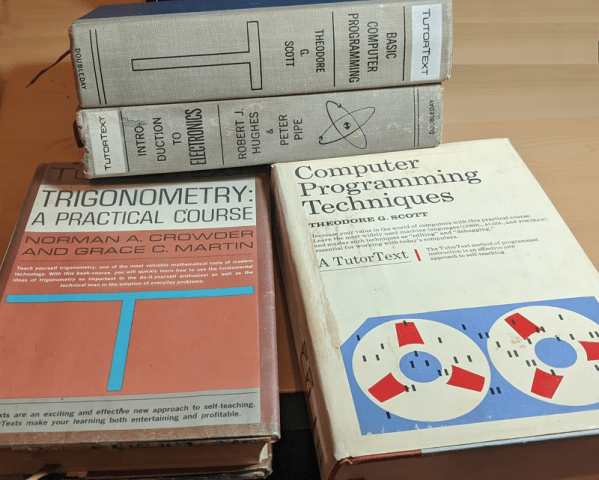We are big fans of programmed texts for education. You know, the kind where you answer a question and go to a new page based on your answer. But they can also be entertaining “choose your own adventure” stories. You might say, “You are standing in front of an oak door, two meters high, with an iron handle. Do you a) open it? b) knock on it? c) ignore it?” Then, based on your answer, you go to a different part of the story. These are tough to write, but you can get some help using Yarn Spinner and the Yarn scripting language.
The original purpose of Yarn is to produce conversations for games. There’s a tutorial for that. The difference is to produce a book, you get a choose your own adventure PDF at the end. For the tutorial, you can try to read the text on the left-hand side of the editor or just press Test (at the top) and let it “read” the tutorial to you, which is a little more fluid.
Continue reading “Hack Your Own Adventure Story With Yarn Spinner”













